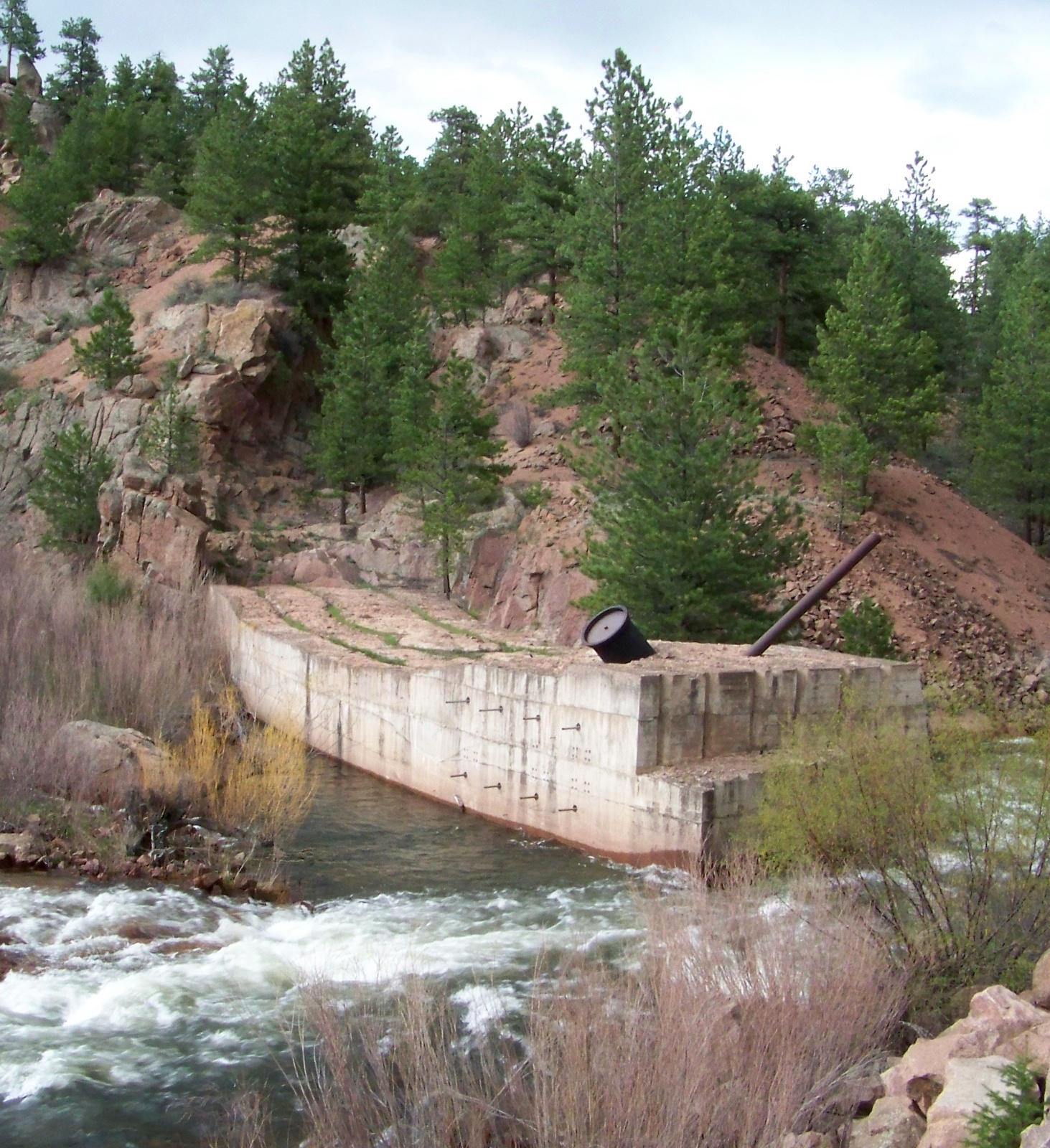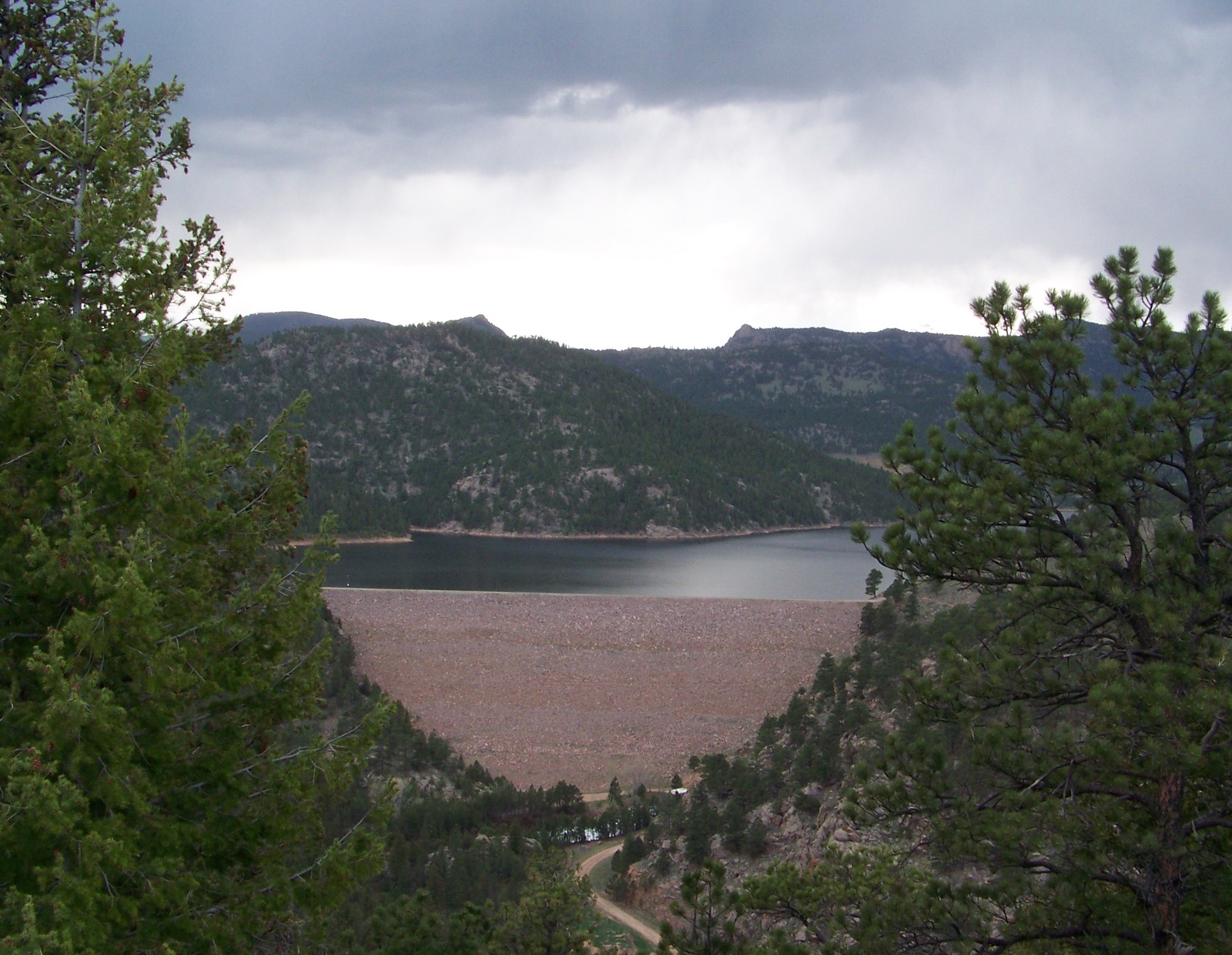This is another article I wrote for the Collegian, entitled “Thinking Historically about Technology.” In this article, I illustrate how I think about technology by using a case study of one of my favorite Indian technologies, auto-rickshaws. (This version is slightly edited from the version that appeared in print.)
After graduating from college, I spent a year volunteer teaching at a school in the state of Meghalaya in northeast India. I first arrived in Meghalaya, jetlagged and disoriented, on a Wednesday afternoon at the beginning of the hot, sticky monsoon month of September. Come evening, I passed out on the bed of my quarters and slept like a dead man.
When I got up on Thursday morning, the day was already well underway. The sun had lifted his head above the jungly hills to the east of the school. It was not even 7 a.m., yet it was already blazing hot. My quarters were on the top floor of a three-family dwelling, one of several such structures built to the same plan around campus. From the back balcony, I had a view of the hills, some fields, a highway, and the Didram River, which gives the school its name. From the front door, over the school compound’s wall, I could see children in blue uniforms heading for school, even though classes were not scheduled to start for another hour yet. Some of the older students roared up on shiny motorbikes. Others pedaled awkwardly along on conventional bicycles, their bookbags slung haphazardly over their shoulders. Some came on foot, trudging along with their hands in their pockets.
And then there were some who came in the oddest vehicles I had ever seen: bulbous, three-wheeled conveyances with open sides that went sputtering down the road. A driver sat in the front of the vehicle, peering through the windshield and clutching onto motor scooter-style handlebars as he navigated the treacherous road. Students were piled in the back seat and up front around the driver, their legs jutting out of the open sides in order to free up room inside the vehicle.
As I watched these bizarre vehicles bounce past on the road, I asked my roommate, who had already been in India several months, what those things were. “Why,” he said, “those are rickshaws!”
I quickly grew enamored over rickshaws, which are an inventive solution to the age-old problem of how to move people from one place to another. I also liked them because they are fun to ride. As I traveled around India, I was impressed by the huge variety of rickshaws that I saw in use. In Calcutta, I saw hand-pulled rickshaws, a relic of the colonial era. In various cities and towns around India, I saw and rode on cycle rickshaws. The greatest variety is found in the motorized rickshaws, commonly referred to as “auto-rickshaws” or just “autos.” Most auto-rickshaws share the same basic three-wheeled configuration. Almost all of them have handlebars rather than steering wheels, since the first auto-rickshaws were built from motor scooter parts. Apart from these similarities, rickshaws vary greatly in size and under-the-hood specifications. There are black rickshaws that run on gasoline and green rickshaws that use cleaner-burning compressed natural gas. Some rickshaws have two-stroke engines, like a lawnmower or a chainsaw. To start them, the driver yanks a lever or pulls a ripcord, depending on the model. Other rickshaws have four-stroke automobile engines and electric starters. A few rickshaws are even designed with rear-facing seats, so you can watch the road unroll behind you as you ride.
In an Indian city, it is usually not hard to find a rickshaw to take you someplace. On a street corner, just wave at a passing vehicle and shout “Oe, rickshaw!” (“Oe” is a Hindi interjection that means “hey.”) In most cases, rickshaw drivers will spot you first and volunteer to take you someplace, whether you want to go or not. Drivers park their vehicles at strategic locations and wait for customers to arrive. As soon as one appears, they all cluster around and start debating prices. Rickshaws in many cities are required by law to use meters, but most drivers claim that their meters are all inexplicably broken.
Not only are rickshaws a clever solution to the problem of people-moving (and fun to ride), they also provide an opportunity to think about technology historically. One of my favorite books that I’ve read in grad school is The Shock of the Old, by David Edgerton. In the book, Edgerton argues that the best way to think about technology is not in terms of innovation—the creation of new stuff—but the use of things that may be old or new. Edgerton cites rickshaws as an example of “creole technology”—something that originated in one part of the world but took on new use and meaning elsewhere. Rickshaws are glorified motor scooters—a technology that originated in the West but is now being used extensively, and to good effect, for different purposes far from its place of origin. Auto-rickshaws are not an old technology; they are a relatively new one, coming into vogue since World War II. They are not an intermediate step toward bigger and better western-style technology—they are here to stay.
Lately, rickshaw technology has flowed to the West. I have yet to see three-wheeler auto taxis anywhere in America, but cycle rickshaws are already a feature of American life. Entrepreneurs using pedicabs, as they’re called here, have set up shop everywhere that they can find tourists who are too lazy to walk where they want to go. In New York City, adults pay $60, and children $50, for a ride around Central Park in a pedicab. Even my town of Auburn, Ala., has rickshaws on the weekends of home football games. Someday, I want to hail one of these pedicabs with “Oe, rickshaw!” and then try to haggle the price of a ride across town down to $2.
(Those who missed the first article “Does Technology Have History?” can read it here.)
http://www.willylogan.com/?p=688After graduating from Walla Walla in 2009, I spent a year on a student missionary posting at Riverside Adventist Academy in the state of Meghalaya in northeast India. I first arrived in Meghalaya, jetlagged and disoriented, on a Wednesday afternoon at the beginning of the hot, sticky monsoon month of September. Come evening, I passed out on the bed of my quarters and slept like a dead man.
When I got up on Thursday morning, the day was already well underway. The sun had lifted his head above the jungly hills to the east of the school. It was not even 7 a.m., yet it was already blazing hot. My quarters were on the top floor of a three-family dwelling, one of several such structures built to the same plan around campus. From the back balcony, I had a view of the hills, some fields, a highway, and the Didram River, which gives the school its name. From the front door, over the school compound’s wall, I could see children in blue uniforms heading for school, even though classes were not scheduled to start for another hour yet. Some of the older students roared up on shiny motorbikes. Others pedaled awkwardly along on conventional bicycles, their bookbags slung haphazardly over their shoulders. Some came on foot, trudging along with their hands in their pockets.
And then there were some who came in the oddest vehicles I had ever seen: bulbous, three-wheeled conveyances with open sides that went sputtering down the road. A driver sat in the front of the vehicle, peering through the windshield and clutching onto motor scooter-style handlebars as he navigated the treacherous road. Students were piled in the back seat and up front around the driver, their legs jutting out of the open sides in order to free up room inside the vehicle.
As I watched these bizarre vehicles bounce past on the road, I asked my roommate, who had already been in India several months, what those things were. “Why,” he said, “those are rickshaws!”
I quickly grew enamored over rickshaws, which are an inventive solution to the age-old problem of how to move people from one place to another. I also liked them because they are fun to ride. As I traveled around India, I was impressed by the huge variety of rickshaws that I saw in use. In Calcutta, I saw hand-pulled rickshaws, a relic of the colonial era. In various cities and towns around India, I saw and rode on cycle rickshaws. The greatest variety is found in the motorized rickshaws, commonly referred to as “auto-rickshaws” or just “autos.” Most auto-rickshaws share the same basic three-wheeled configuration. Almost all of them have handlebars rather than steering wheels, since the first auto-rickshaws were built from motor scooter parts. Apart from these similarities, rickshaws vary greatly in size and under-the-hood specifications. There are black rickshaws that run on gasoline and green rickshaws that use cleaner-burning compressed natural gas. Some rickshaws have two-stroke engines, like a lawnmower or a chainsaw. To start them, the driver yanks a lever or pulls a ripcord, depending on the model. Other rickshaws have four-stroke automobile engines and electric starters. A few rickshaws are even designed with rear-facing seats, so you can watch the road unroll behind you as you ride.
In an Indian city, it is usually not hard to find a rickshaw to take you someplace. On a street corner, just wave at a passing vehicle and shout “Oe, rickshaw!” (“Oe” is a Hindi interjection that means “hey.”) In most cases, rickshaw drivers will spot you first and volunteer to take you someplace, whether you want to go or not. Drivers park their vehicles at strategic locations and wait for customers to arrive. As soon as one appears, they all cluster around and start debating prices. Rickshaws in many cities are required by law to use meters, but most drivers claim that their meters are all inexplicably broken.
Not only are rickshaws a clever solution to the problem of people-moving (and fun to ride), they also provide an opportunity to think about technology historically. One of my favorite books that I’ve read in grad school is The Shock of the Old, by David Edgerton. In the book, Edgerton argues that the best way to think about technology is not in terms of innovation—the creation of new stuff—but the use of things that may be old or new. Edgerton cites rickshaws as an example of “creole technology”—something that originated in one part of the world but took on new use and meaning elsewhere. Rickshaws are glorified motor scooters—a technology that originated in the West but is now being used extensively, and to good effect, for different purposes far from its place of origin. Auto-rickshaws are not an old technology; they are a relatively new one, coming into vogue since World War II. They are not an intermediate step toward bigger and better western-style technology—they are here to stay.
Lately, rickshaw technology has flowed to the West. I have yet to see three-wheeler auto taxis anywhere in America, but cycle rickshaws are already a feature of American life. Entrepreneurs using pedicabs, as they’re called here, have set up shop everywhere that they can find tourists who are too lazy to walk where they want to go. In New York City, adults pay $60, and children $50, for a ride around Central Park in a pedicab. Even my town of Auburn, Ala., has rickshaws on the weekends of home football games. Someday, I want to hail one of these pedicabs with “Oe, rickshaw!” and then try to haggle the price of a ride across town down to $2.




